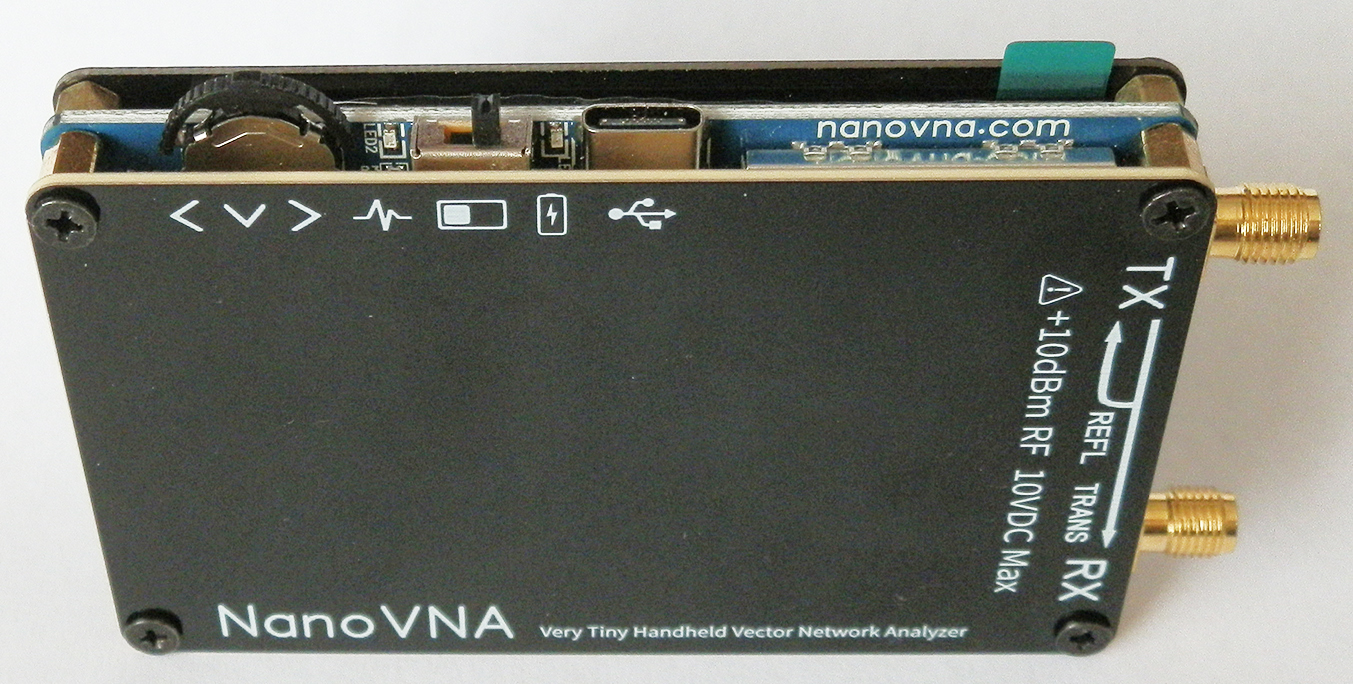

I modify the firmware so that I can switch over the complete band in details.

SWR = 10, that I can use it as a Dip-meter. In the following Pictures the Resolution in the Firmware was max. The same Scan with the software over USB, this still works 🙂 The current is with the display together 61 mA. So keep your cable very short and work with shields! If you build it on a test board like that, it will not be stable. My display is arrived 🙂 I test it first with my second arduino. I also made a Battery Case with a 5V power supply and a 9V batteryĪ 7805 and a electrolyte capacitor, that’s all Here the Butternut HF5V Vertical 10-80m, like some pictures before. With the RF Proof case, the measuring is near to that what I see with my transceiver. The Cable on the left side is only connected if the analyzer is in Computer modeĪs a stand alone analyzer there will be a battery case installed. This is the front, place for the display later I build a case out of circuit board material Pro Mini Atmega328P Board Modul 5V/16MHz for Arduino-Compatible AR01011 J32ĪD9850 Module DDS Signal Generator 40Mhz CP13010 D54 USB auf RS232 TTL UART PL2303HX Converter Adapter Cable CP12005 F44 The Costs of this project, without a case, was: Here with a frequency from 12.088 MHz (0,9uH + 300pF) I ordered the parts and start to build this little project. To download my version of the firmware, see the link after the article. The old page is deleted, I don’t know why.

Here you can download all information over the Basic original project: I find in the internet a very interesting Project. He build with Arduino Modules a good Antenna Analyser. Every RED rule have a reason with some mails. It must be easier to write a mail, as reading the project files ! I got over 50 mails, with questions, what can easy answered by this side and text file in the ZIP File. Sorry for that rules, but a lot of OM’s can’t read. Be sure that the software is well testet, by over 50 OMs and ok.


 0 kommentar(er)
0 kommentar(er)
